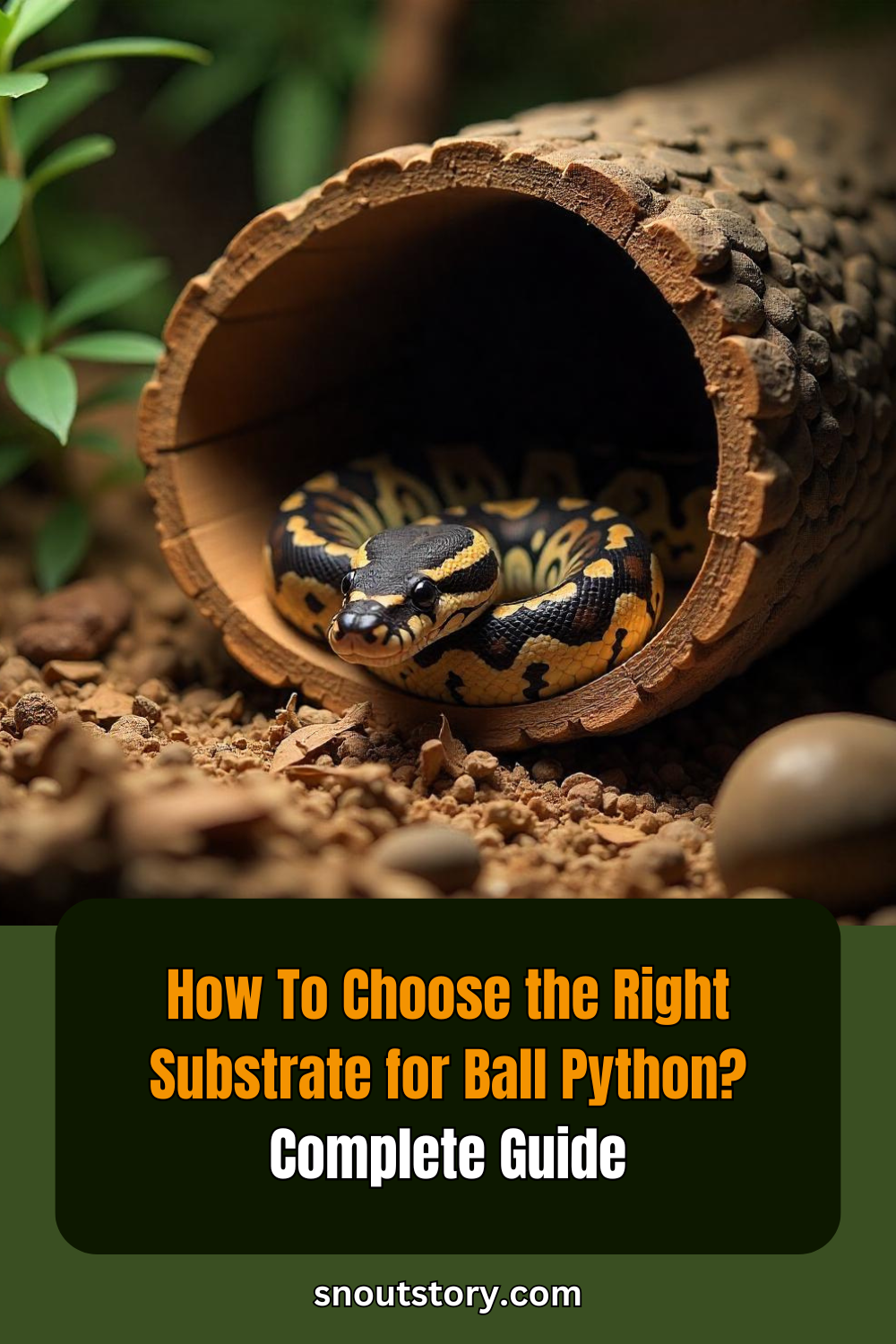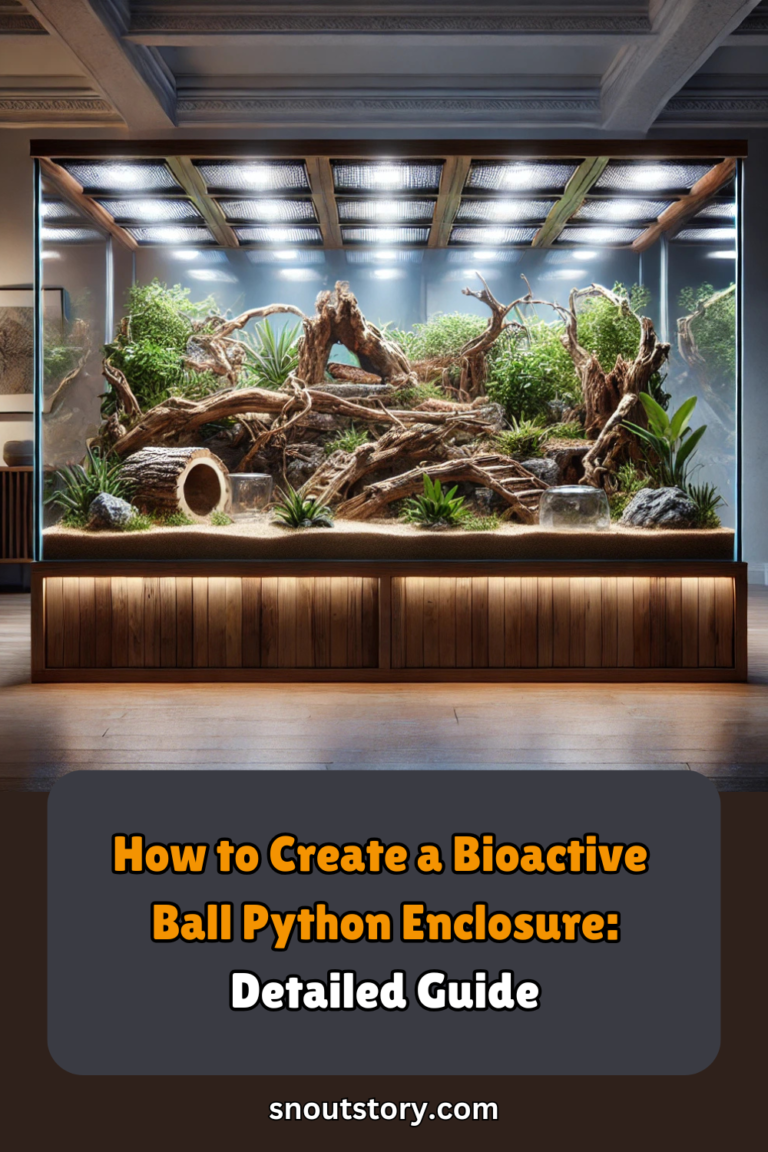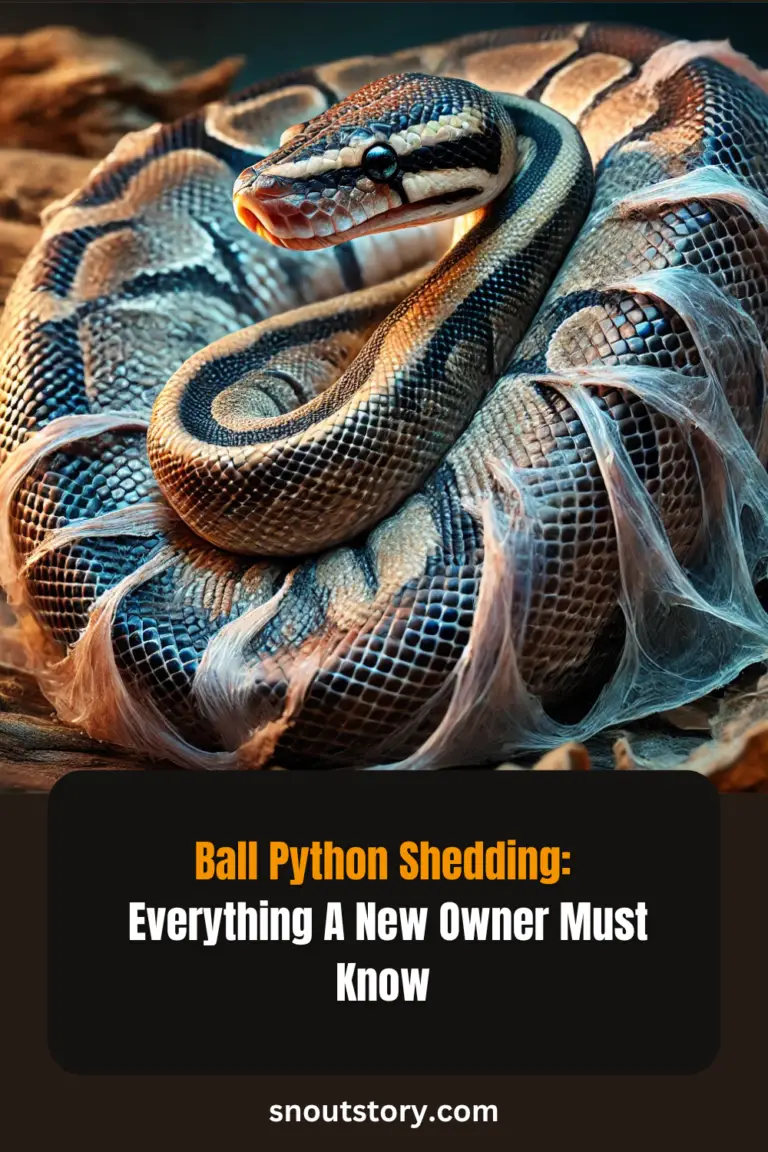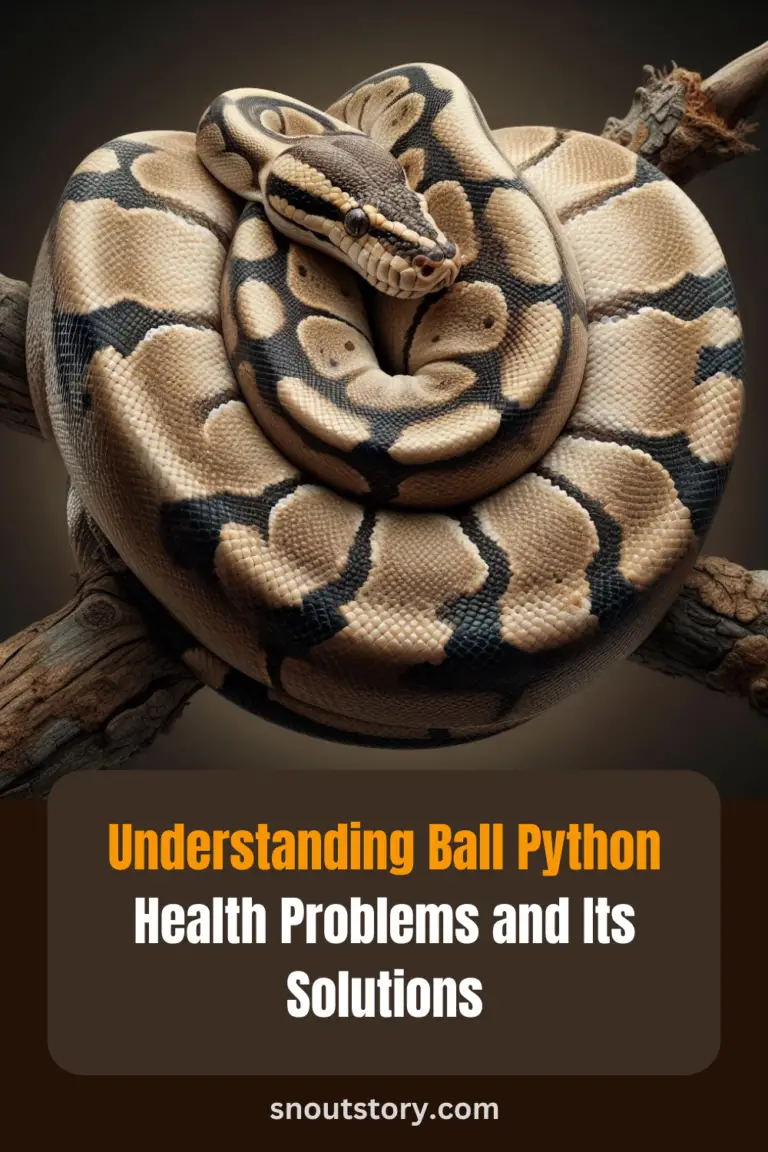Disclaimer
“This Blog is completely reader supported, for any purchase you make from affiliate links on this blog we earn a small commission with no extra cost to you, which I use to feed my cute puppies 🥺”
Choosing the right substrate for your ball python is more than just a bedding decision—it directly impacts their health, comfort, and overall well-being. A proper substrate helps maintain humidity levels, supports natural behaviors, and keeps the enclosure clean. With so many options available, from cypress mulch to aspen shavings and even coconut fiber, it’s essential to understand which best suits your snake’s needs.
Some materials hold moisture well, while others offer better odor control or easier spot cleaning. Making the right choice means considering factors like humidity retention, ease of maintenance, and potential risks. A well-chosen substrate creates a stable, stress-free environment, keeping your ball python happy and thriving.
Understanding the Natural Habitat of Ball Pythons
Understanding the natural habitat of ball pythons is key to choosing the right substrate that mimics their environment. Native to the grasslands and forests of West and Central Africa, these snakes thrive in warm, humid conditions with plenty of burrowing opportunities.
Their natural surroundings consist of loose, organic materials like soil, leaf litter, and decaying wood, which help retain moisture while allowing them to hide and feel secure. To replicate this in captivity, you need a substrate that holds humidity without molding, such as cypress mulch or coconut fiber.
Avoid overly dry options like paper towels or sand, which can cause shedding and respiratory problems. A proper setup doesn’t just keep your ball python comfortable—it directly impacts their health, hydration, and overall well-being.
Key Factors to Consider When Choosing a Substrate
Choosing the right substrate for your ball python comes down to factors that directly affect their health and comfort. Moisture retention is crucial—too dry, and your snake may struggle with shedding; too damp, and you risk mold growth and respiratory infections.
Particle size also matters since loose substrates like aspen shavings or coconut fiber allow natural burrowing, while large, sharp pieces can cause injury. Odor control is another factor to remember, as some substrates, like cypress mulch, naturally suppress smells, making maintenance easier. You also need to consider ease of cleaning—spot-cleaning daily and fully replacing the substrate every few weeks helps prevent bacteria buildup.
Avoid anything dusty or chemically treated, as ball pythons have sensitive respiratory systems. A well-chosen substrate does more than look good in the enclosure—it actively supports your snake’s health, hydration, and natural behaviors.
Best Substrate Options for Ball Pythons
Finding the best substrate for your ball python means balancing moisture control, cleanliness, and natural behavior. Coconut husk is a top choice if you need a substrate that retains humidity well without getting too damp, making it ideal for snakes that struggle with shedding.
Aspen shavings are great for burrowing and have a clean, natural look, but they’re best for dry enclosures since they don’t effectively hold moisture. If odor control is a priority, cypress mulch naturally suppresses smells while maintaining a stable humidity.
Paper-based bedding is another practical option—it’s dust-free, easy to replace, and perfect if you want a low-maintenance solution. However, avoid pine and cedar, as their oils can be toxic to reptiles. A mix of different substrates can also work if you’re trying to fine-tune the humidity or create a more enriching environment. The right choice depends on your setup, how often you want to clean, and your snake’s specific needs.
One of the best readily available substrates in the market, which we also have been using for the last 6 months: ReptiEarth Reptile Bedding, Fluffy Coconut Fiber Substrate

Substrates to Avoid and Their Risks
Some substrates might seem like good options but can put your ball python at risk. Cedar and pine shavings should never be used, as their natural oils release toxic fumes that can cause severe respiratory issues. Sand might look natural, but it’s a major impaction hazard—your snake can accidentally ingest it while eating, leading to dangerous digestive blockages.
Gravel and small pebbles are another poor choice since they don’t hold humidity well and can cause abrasions on your snake’s belly. Reptile carpet may seem like a clean alternative, but it tends to trap bacteria and can snag your snake’s teeth or skin, especially during shedding.
While safe and easy to replace, even newspaper lacks enrichment and doesn’t provide the natural feel that helps your snake stay comfortable. Always go for substrates that support humidity, are easy to clean, and won’t pose a health risk—keeping your snake’s environment safe is just as important as keeping it comfortable.
Maintaining Proper Humidity and Cleanliness
Keeping the humidity levels and cleanliness in check is essential for your ball python’s health, and the right substrate plays a huge role in that. A humidity level between 50-60% is ideal, with a slight increase during shedding to help your snake shed properly. Coconut husk, cypress mulch, or damp sphagnum moss can help retain moisture without making the enclosure too damp.
If humidity drops too low, your snake might struggle with shedding, leading to stuck skin, while excessive moisture can promote bacterial growth and scale rot. Spot cleaning daily to remove waste and uneaten food prevents odors and bacterial buildup, while a full substrate change every few weeks keeps the enclosure fresh.
Using a hygrometer ensures you’re not guessing with humidity levels, and misting as needed or adding a humid hide can help maintain consistency. A clean and well-regulated enclosure doesn’t just prevent health issues—it keeps your snake comfortable and stress-free.
Here’s one of the best selling thermometers & hygrometers on Amazon: PAIZOO LED Digital Reptile Thermometer and Humidity Gauge Hygrometer

Over 250 of our regular blog readers use this same humidity gauge, and most of them mailed me to share their experience with this specific product.
How to Properly Change and Replace Substrate
Replacing your ball python’s substrate properly keeps its enclosure clean and prevents bacterial buildup that could lead to health issues. Spot cleaning daily by removing soiled bedding and uneaten food helps maintain hygiene, but a full substrate change is necessary every three to four weeks, or sooner if there’s an odor or excessive waste.
Before replacing the substrate, transfer your snake to a secure holding container to keep it safe. Remove all decorations and clean them thoroughly with reptile-safe disinfectant. Dispose of the old bedding completely—don’t just top it off, as bacteria can linger in the lower layers. Wipe down the enclosure with a mild disinfectant, rinse thoroughly, and ensure it’s completely dry before adding fresh substrate.
Spread an even layer of the chosen bedding, making sure it’s deep enough for burrowing but not excessive, as too much can trap humidity. Once everything is set up, return your snake and monitor its behavior to ensure it’s comfortable. A clean environment isn’t just about appearance—it directly impacts your snake’s respiratory health, shedding, and overall well-being.
One particular reptile enclosure disinfectant I would like to recommend for enclosure cleaning is: Zoo Med Wipe Out 1 Disinfectant

Conclusion
Choosing the right substrate for your ball python isn’t just about aesthetics—it directly affects humidity, cleanliness, and overall health. Understanding their natural habitat helps you select a bedding material that supports proper shedding, burrowing, and respiratory function. Prioritizing factors like moisture retention, safety, and ease of maintenance ensures a comfortable and stress-free environment for your snake.
While options like cypress mulch and coconut husk provide excellent humidity control, materials like cedar and pine should always be avoided due to toxic oils. Regular substrate changes and spot cleaning prevent bacterial buildup, keeping your snake’s enclosure fresh and hygienic. By making informed decisions and maintaining a clean habitat, you create the ideal conditions for a healthy and thriving ball python.
If you found our content helpful and valuable, you can support us by making any of your purchases (even products other than recommended in the blog) from our affiliate links (Ofc with no extra cost to you😉).
Recommended
How to Create a Bioactive Ball Python Enclosure: Detailed Guide
12 Ball Python Enclosure Setup Ideas For Realistic Habitat
Ball Python Shedding: Everything A New Owner Must Know
Why Is My Ball Python Not Eating? And How To Fix It!
How To Breed Ball Python – A Comprehensive Guide
Understanding Ball Python Health Problems And It’s Solutions
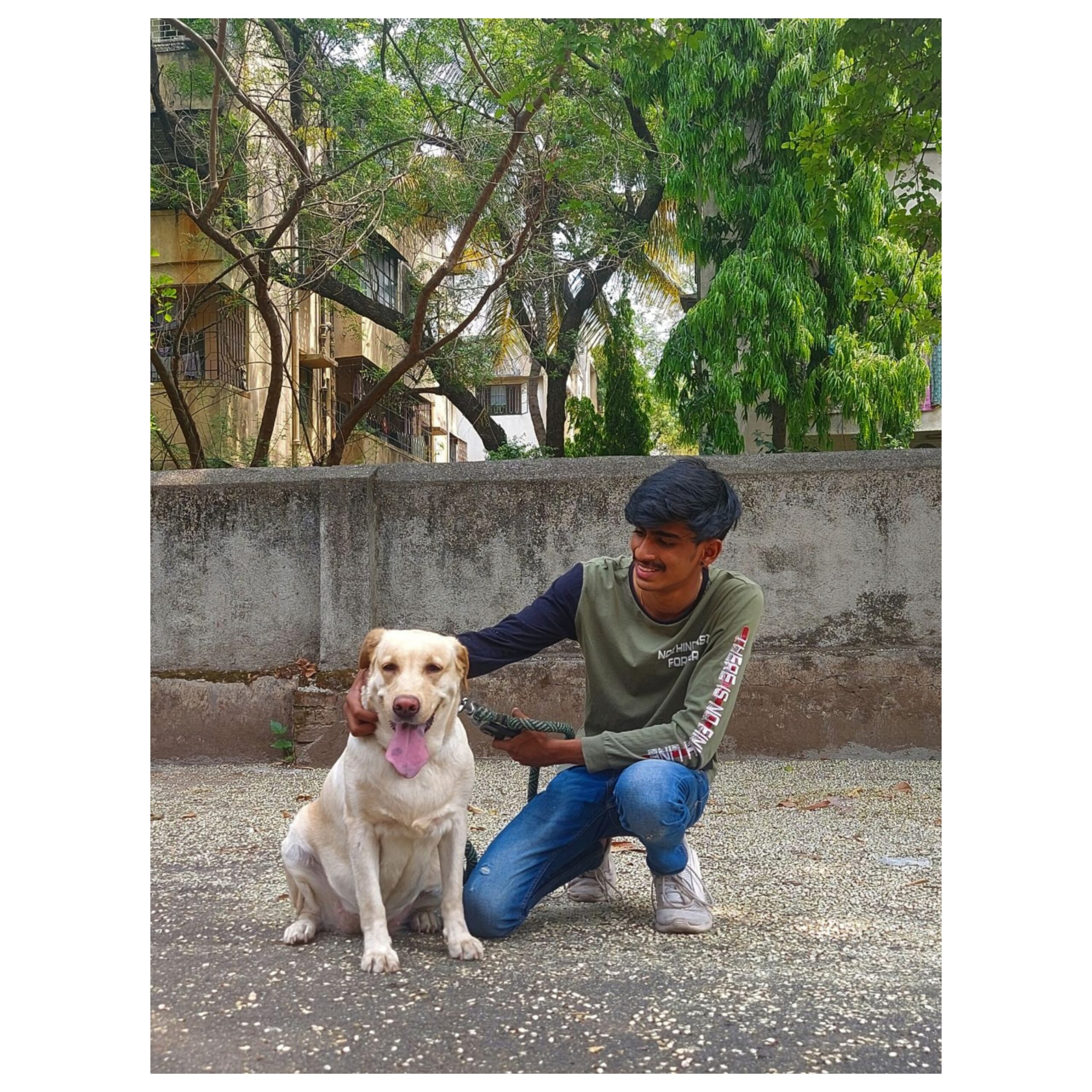
Vedant Narvekar is an experienced digital marketing expert with a profound love for nature and animals. With a career rooted in leveraging online platforms to drive engagement and promote meaningful causes, Vedant’s passion for animals inspired him to start Snout Story—a blog dedicated to educating people about pet keeping and sharing proper knowledge about caring for animals. Drawing on his expertise in digital marketing, Vedant utilizes his platform to advocate for responsible pet ownership, providing valuable insights on pet care, training, nutrition, and more. Through Snout Story, Vedant aims to empower pet lovers with the information they need to provide the best possible care for their furry companions, while also fostering a deeper appreciation for the natural world and the creatures that inhabit it.

